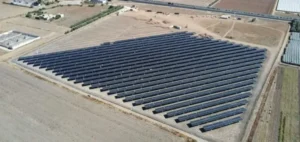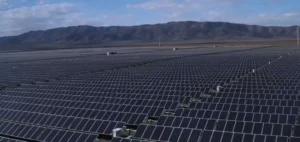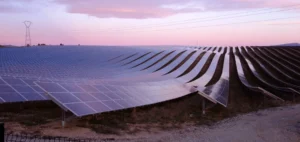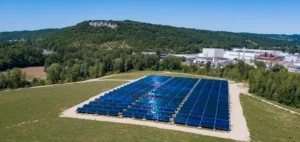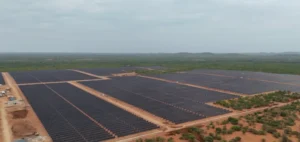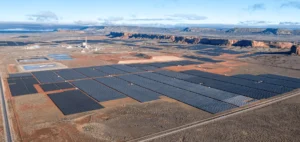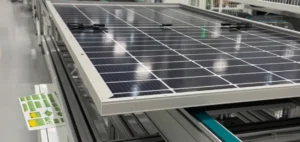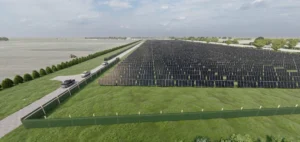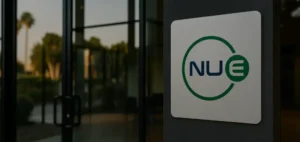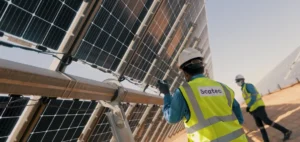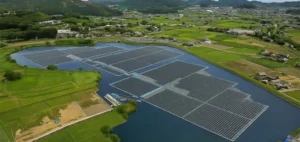Community solar installations in the US declined by 6% year-on-year in 2022 and by 13% in the first quarter of 2023.
Recovery imminent: Optimistic forecasts for community solar capacity by 2028
According to the latest report published by Wood Mackenzie in collaboration with the Coalition for Community Solar Access (CCSA), last year’s supply chain uncertainty and interconnection and siting issues have hampered growth in key markets in states such as Massachusetts and Maine. However, growth in community solar is set to resume from 2024 and continue over the next five years.
Wood Mackenzie forecasts that existing markets will grow at an average annual rate of 8%, with cumulative capacity of almost 14 gigawatts (GW) by 2028. This forecast does not include the potential of new programs, which could result in a significant increase.
“Near-term growth is driven by the continued success of programs in New York and Illinois, as well as positive policy updates in Maryland, Minnesota and New Jersey. In addition, California’s proposed new program could account for 20% of Wood Mackenzie’s national outlook between 2024 and 2028,” said Caitlin Connelly, research analyst at Wood Mackenzie.
Strategies for optimizing tax benefits: New directives impacting community solar power
As far as the Inflation Reduction Act (IRA) is concerned, recent guidance from the US tax authorities on Investment Tax Credit (ITC) gross-ups has shown that it would be difficult to benefit from more than one gross-up. Developers of community solar systems can benefit from any of the three ITC (investment tax credit) bonuses, but are more likely to seek the low-income community (LMI) bonus first, according to the report’s findings.
The $27 billion Greenhouse Gas Reduction Fund (GGRF) also offers new opportunities for community solar power. The US Environmental Protection Agency’s “Solar for All” fund, which is part of the GGRF, will be particularly beneficial for community solar, providing up to $7 billion in funding to support the creation and expansion of community solar programs, with a focus on supporting low-income communities.
“Community solar growth continues on a healthy long-term trajectory, with capacity expected to more than double over the next five years in existing state markets alone,” said Matt Hargarten, vice president of campaigns at CCSA. “These projections don’t take into account new states passing community solar laws or the billions of dollars in federal subsidies that we expect will be awarded to states to expand access to community solar. Needless to say, we’re only scratching the surface of how many people in the U.S. will be able to enjoy the benefits of community solar access by the end of the decade if regulators and lawmakers keep their foot on the gas pedal.”
Dual-tone forecast: Alternative scenarios redefine the future of community solar according to Wood Mackenzie and CSSA
The Wood Mackenzie and CSSA reports now include alternative forecasts for community solar, resulting in an increase or decrease in Wood Mackenzie’s base scenario. Alternative positive and negative forecasts highlight the impact of key market uncertainties such as supply chain dynamics, retail rate changes and state and federal policy updates.
In Wood Mackenzie’s optimistic scenario, national five-year forecasts increase by 13%, while they fall by 24% in the pessimistic scenario. The report also shows that subscriber management companies Arcadia, Perch Energy and Ampion now manage over 50% of the total community solar market.
“Promoters continue to use third parties to outsource subscriber acquisition and management services, especially as state subscription requirements become increasingly stringent and restrictive. Successful subscription management companies use software tools that reduce subscriber acquisition costs, and have business models geared towards targeting low-income populations,” concludes Connelly.



